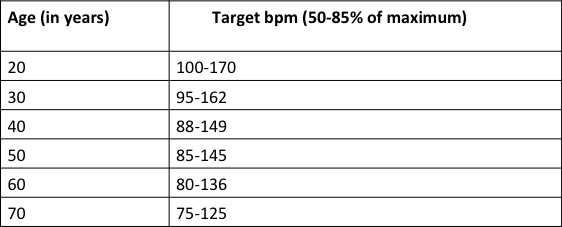Brisk Walking: A Great Exercise For A Healthy Lifestyle

Our fast-paced lives do not allow us to lead an active lifestyle. Spending long hours at work and commute, and poor diet choices add on to the sedentary routine, putting us at a higher risk of developing lifestyle diseases like obesity, diabetes, and hypertension. However, it’s not all bad news.
Brisk walking is a great way to start adding activity to your daily life. It is slowly emerging as a popular workout technique due to the numerous health benefits it provides, and the ease with which you can adopt it.
Read on to know more about brisk walking and why it is gaining popularity among people across all fitness levels.
What Is Brisk Walking?

What does one mean when they say “brisk walking” ? It largely means walking at a pace which is not as fast as running, but not as slow as just walking either. And this pace is largely subjective. So, how do you know if you’re brisk walking?
There are several ways to gauge whether you’re walking at the right pace or not. The most common parameters are your target heart rate, the steps you take per minute, and the talk test. Let’s take a closer look at these three parameters to fully understand what qualifies as brisk walking.
1.Target Heart Rate
Your Target Heart Rate is a range of numbers that show how fast your heart should be beating while you’re exercising. Consider it a number between exercising hard enough and not exercising. The ideal target heart rate for most healthy adults is 50 to 85% of your maximum heart rate.
Refer to this chart to reach your target heart rate zone:

2.Count your steps per minute

A study published by the British Journal of Sports Medicine recommends 100 steps per minute while you’re walking to be the ideal pace for health benefits. You can use a fitness tracker to know how fast or slow you’re walking.
3.The Talk Test
Measure your pace by doing the simple talk test while you’re walking. If you can talk comfortably with minimal breathlessness, you’re at a moderate but brisk pace. However, if you can’t talk at all because you’re panting, or you can sing out loud while walking, it means you’re either going too fast or too slow.
Why Is Brisk Walking a Great Workout Option?

Brisk walking can benefit you in numerous ways like:
- Losing Weight: Brisk walking can help burn more calories, increase muscle mass, and boost your mood - allowing you to lose weight and get into a routine for consistent health benefits.
- Improving Heart Health: Walking 5 days a week can help reduce your risk of heart diseases, while also lowering your bad cholesterol levels in your blood.
- Lowering Blood Pressure: Regular brisk walking can help increase your insulin sensitivity, thereby helping you maintain your blood pressure at normal levels.
- Improving Mental Health: Walking can improve sleep, boost self-esteem, and build brain power, resulting in an overall improved mental health.
5 Correct Ways of Brisk Walking
To avoid any injuries and make the most of your brisk walking, adopt the following techniques:
- Keep your head up, looking forward
- Relax your shoulders, neck and back, ensure you’re not slouching
- Tighten your abdominal muscles and keep your back straight
- Roll your foot from heel to toe, keeping a steady gait
- Loosely swing your arms on either side with each stride you take
You can learn more about the benefits of walking here.
By boosting your blood flow, brisk walking for just 30 minutes a day, 5 days a week, can lower your risk of various diseases and maintain your weight. If you have any medical conditions or injuries, consult your doctor before you opt for a new exercise program.






